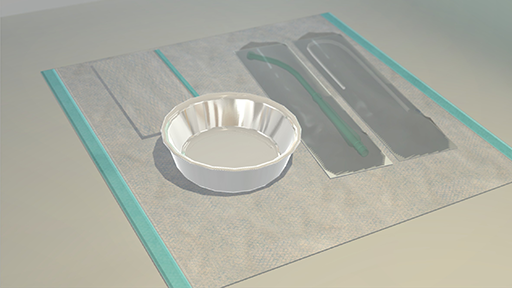Performing Oropharyngeal Suctioning
A medical officer (MO) orders oropharyngeal suctioning for a client. Nurses are responsible for assessing and monitoring a client’s respiratory status to determine the frequency and need for suctioning using caution, as side effects, such as desaturation and increased production of secretions due to irritation of mucous membranes, can occur as a result.
Oropharyngeal suctioning is used to clear secretions in clients who may be able to cough effectively but are unable to swallow or expectorate. Either whistle tipped (Y‑suction catheter) or open tipped (Yankauer sucker) suction catheters are used to perform this procedure. For the purposes of this procedure, a Yankauer sucker is used; however, both procedures are similar.
Clinical signs indicating the client needs suctioning include:
- noisy gurgling or rattling sounds during respiration (heard in the back of the throat)
- client unable to swallow or expectorate
- pooling of saliva, blood or frothy secretions in the mouth
Suctioning is required if secretions are identified by inspection or auscultation.

